The Role of IoT-enabled Rehabilitation Centers in Supporting Drug Recovery Programs in Bali
DOI:
https://doi.org/10.58812/wsist.v3i01.1823Keywords:
IoT, rehabilitation centers, drug recovery, healthcare innovation, BaliAbstract
The integration of the Internet of Things (IoT) in healthcare has transformed rehabilitation practices, particularly in addressing substance abuse. This study explores the role of IoT-enabled rehabilitation centers in supporting drug recovery programs in Bali using a qualitative approach. Data were collected through semi-structured interviews with three informants: a healthcare professional, a technology expert, and a recovering individual. The findings reveal that IoT enhances drug recovery by enabling continuous monitoring, personalized treatment, and improved patient engagement. However, challenges such as infrastructure limitations, high costs, privacy concerns, and cultural resistance hinder widespread adoption. Strategies including collaborative funding, capacity-building initiatives, and robust policy development are recommended to overcome these obstacles. This study underscores the potential of IoT in transforming drug rehabilitation and highlights the need for targeted strategies to address implementation challenges in Bali.
References
[1] D. L. L. H. N. Kusumawardhani, “Strategi Penanggulangan Perkembangan Penyalahgunaan Narkotika di Era Globalisasi,” Jurnal Suara Pengabdian 45, vol. 1, no. 4, pp. 163–177, 2022.
[2] J. D. Gordon and D. D. Gordon, “Drug abuse in Indonesia: An increasing problem during the economic crisis,” dalam The Indonesian Crisis: A Human Development Perspective, ed. A. Ananta, ISEAS Press, Singapore, h, pp. 362–381, 2003.
[3] F. X. Samekto, “Progressive step of narcotic abuse eradication in globalization era,” 2022.
[4] S. M. Lemley and L. A. Marsch, “Towards addiction treatment: Technological advances & applying technology,” Textbook of Addiction Treatment: International Perspectives, pp. 505–518, 2020.
[5] N. Nefathslam and A. Nediari, “Designing Drug-addictive Rehabilitation Centre with Digital Technology as the Therapeutic Methods,” in E3S Web of Conferences, EDP Sciences, 2023, p. 01043.
[6] K. Ramalakshmi, L. K. Kumari, R. Rajalakshmi, and G. Theivanathan, “Enhancing healthcare through remote patient monitoring using internet of things,” in Technologies for Sustainable Healthcare Development, IGI Global, 2024, pp. 133–146.
[7] S. Albakhit, A. A. A. Alkhatib, R. N. Albustanji, S. Elmanaseer, M. Salah, and R. Amro, “A survey of IoT healthcare applications,” in 2023 International Conference on Information Technology (ICIT), IEEE, 2023, pp. 79–82.
[8] M. A. Azzawi, R. Hassan, and K. A. A. Bakar, “A review on Internet of Things (IoT) in healthcare,” International Journal of Applied Engineering Research, vol. 11, no. 20, pp. 10216–10221, 2016.
[9] B. S. Rawat, A. Srivastava, and N. Garg, “Health monitoring transforming using IoT: A review,” in 2024 IEEE International Conference on Computing, Power and Communication Technologies (IC2PCT), IEEE, 2024, pp. 17–22.
[10] S. B. Baker, W. Xiang, and I. Atkinson, “Internet of things for smart healthcare: Technologies, challenges, and opportunities,” Ieee Access, vol. 5, pp. 26521–26544, 2017.
[11] C. Li, J. Wang, S. Wang, and Y. Zhang, “A review of IoT applications in healthcare,” Neurocomputing, vol. 565, p. 127017, 2024.
[12] A. Atadoga, T. T. Omaghomi, O. A. Elufioye, I. P. Odilibe, A. I. Daraojimba, and O. R. Owolabi, “Internet of Things (IoT) in healthcare: A systematic review of use cases and benefits,” International Journal of Science and Research Archive, vol. 11, no. 1, pp. 1511–1517, 2024.
[13] V. V Nair, “Prosthodontic Research in the Digital Era: Current Trends and Future Prospects,” The Journal of Prosthetic and Implant Dentistry, 2024, [Online]. Available: https://api.semanticscholar.org/CorpusID:268151698
[14] S. Patil and S. Pardeshi, “Health monitoring system using IoT,” Int. Res. J. Eng. Technol.(IRJET), vol. 5, no. 04, 2018.
[15] S. Vimalnath, R. Dharshini, S. Archana, M. Gowsikadevi, and S. Harini, “Next-Generation Health Monitoring Using IoT,” in 2024 2nd International Conference on Artificial Intelligence and Machine Learning Applications Theme: Healthcare and Internet of Things (AIMLA), IEEE, 2024, pp. 1–5.
[16] R. Aziz, F. Jawed, S. A. Khan, and H. Sundus, “Wearable IoT Devices in Rehabilitation: Enabling Personalized Precision Medicine,” in Medical Robotics and AI-Assisted Diagnostics for a High-Tech Healthcare Industry, IGI global, 2024, pp. 281–308.
[17] P. Valsalan, T. A. B. Baomar, and A. H. O. Baabood, “IoT based health monitoring system,” Journal of critical reviews, vol. 7, no. 4, pp. 739–743, 2020.
Downloads
Published
Issue
Section
License
Copyright (c) 2025 Ismail Ismail, Felecia Felecia, Anisa Kurniatul Azizah, Diana Rahmawati

This work is licensed under a Creative Commons Attribution-ShareAlike 4.0 International License.

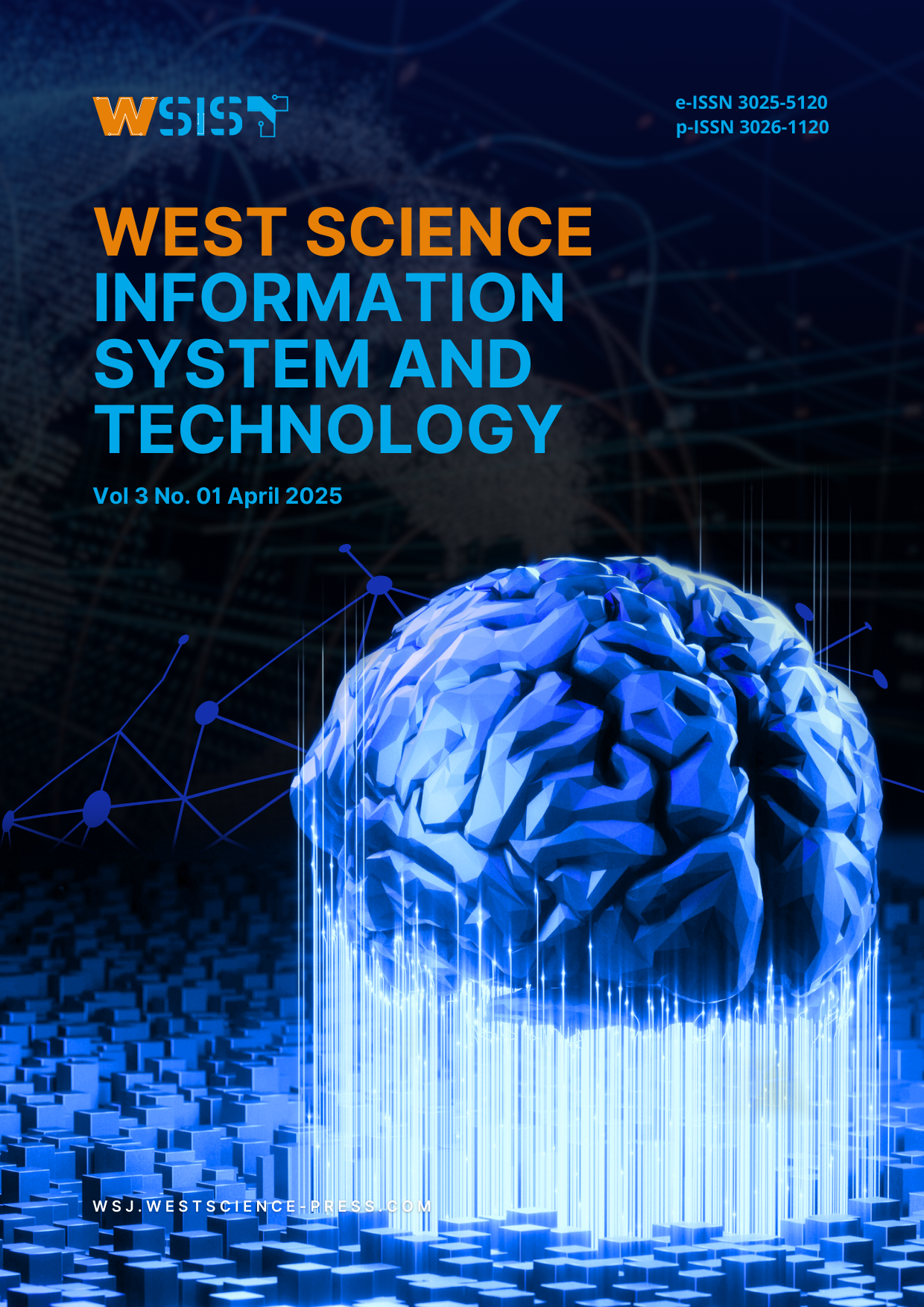



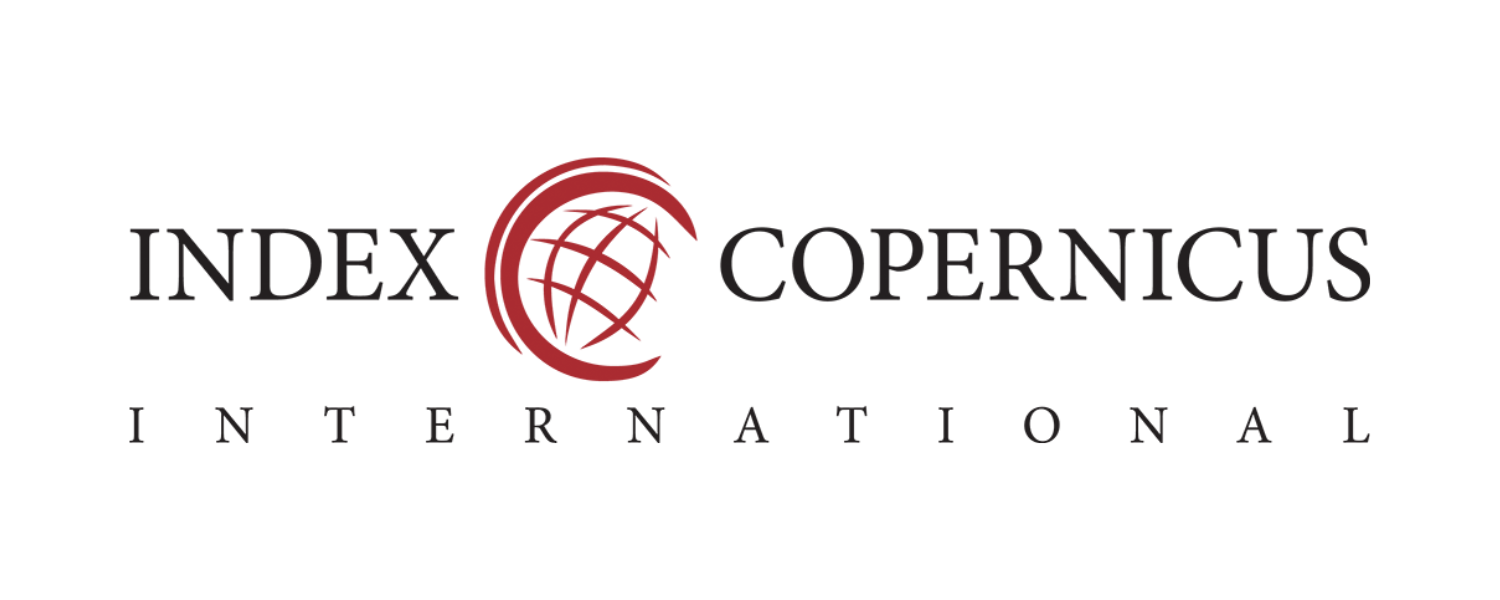


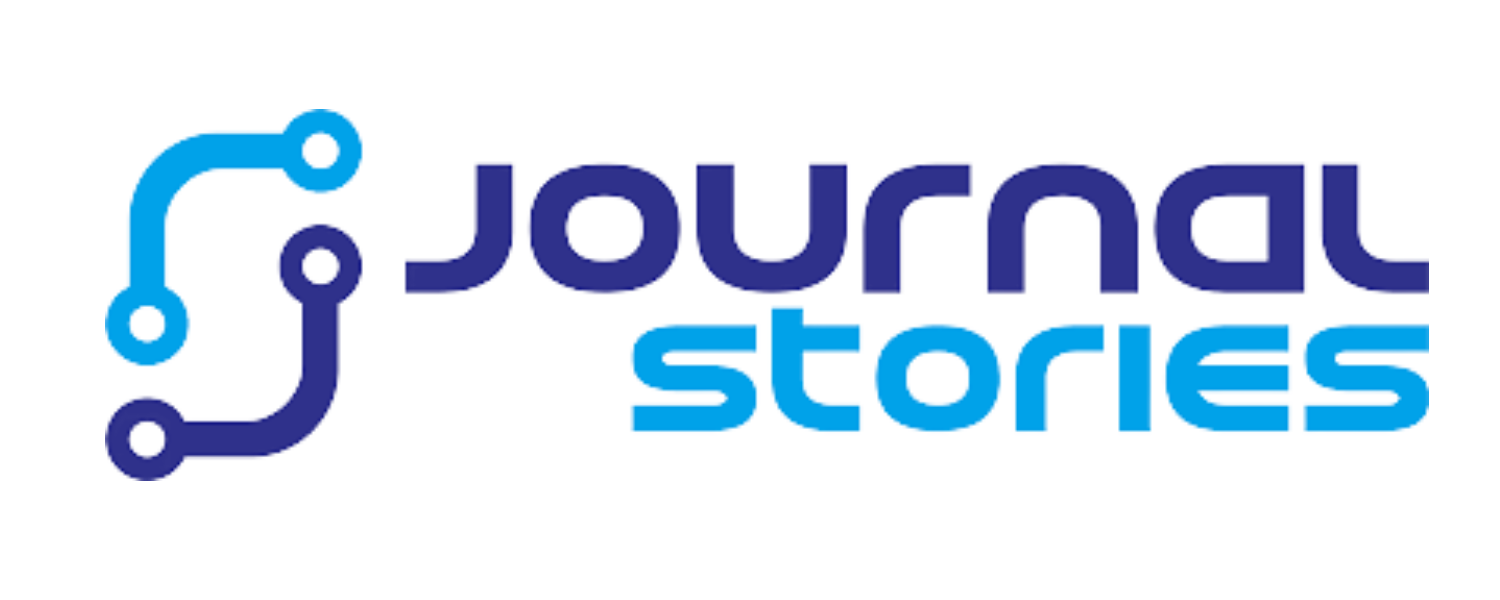

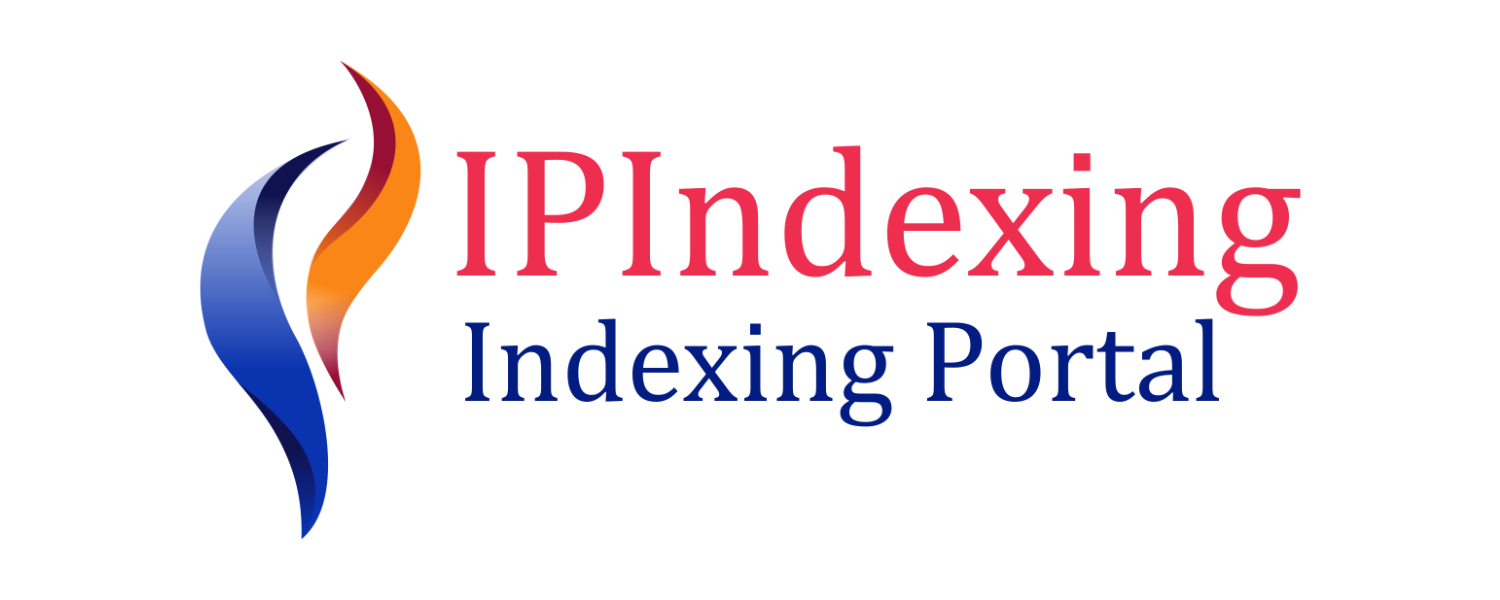




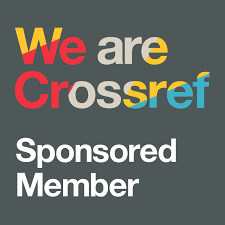



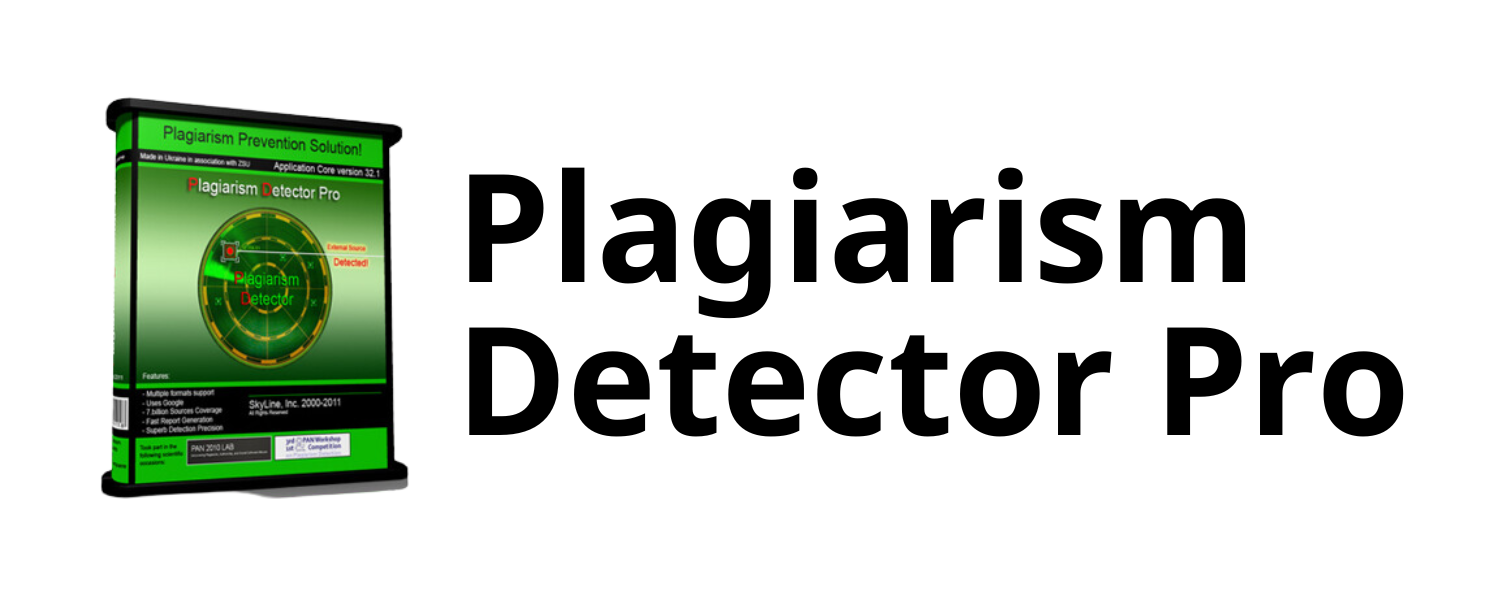


 Instagram
Instagram 